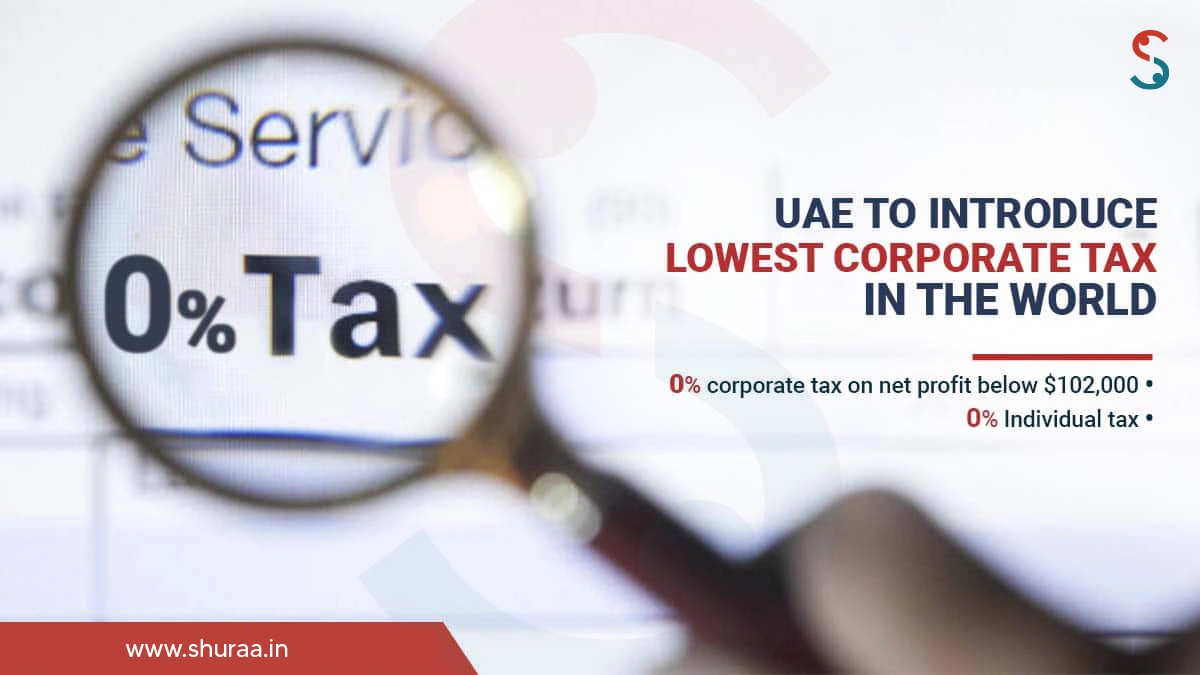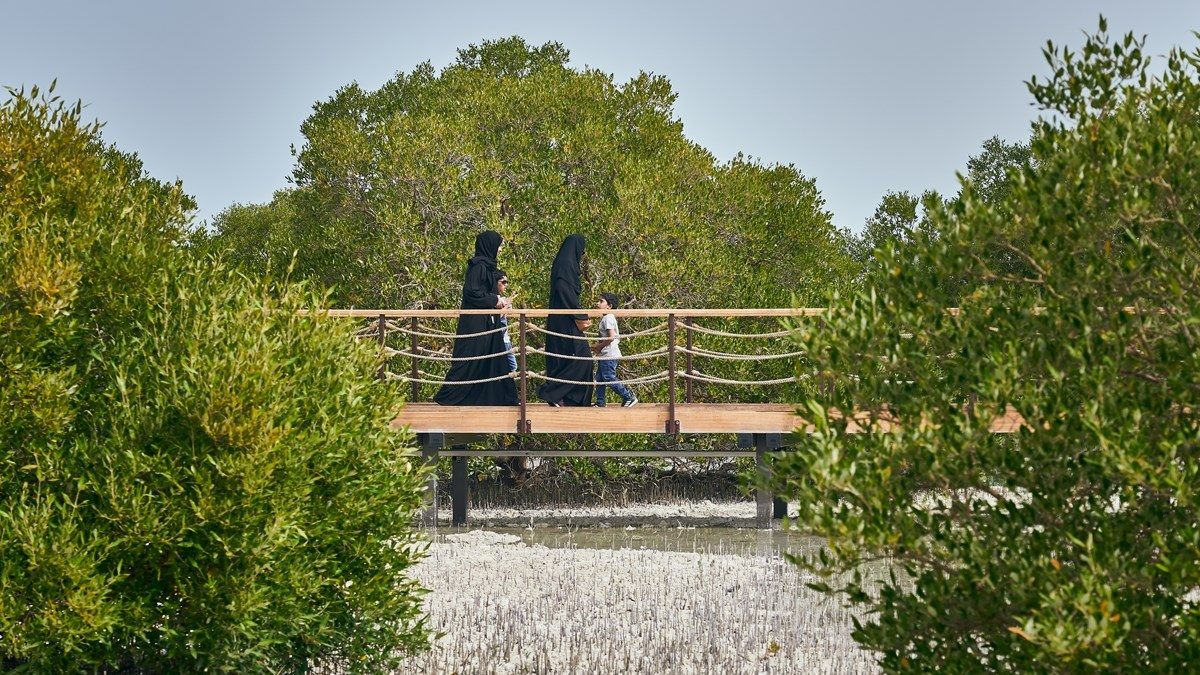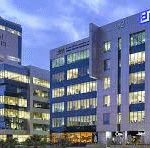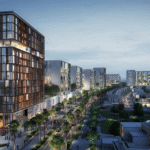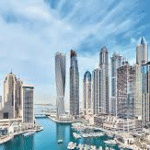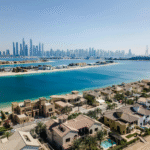Now Reading: UAE Real Estate: 7 Legal Tax Structures for Multisite Property Owners
-
01
UAE Real Estate: 7 Legal Tax Structures for Multisite Property Owners
UAE Real Estate: 7 Legal Tax Structures for Multisite Property Owners
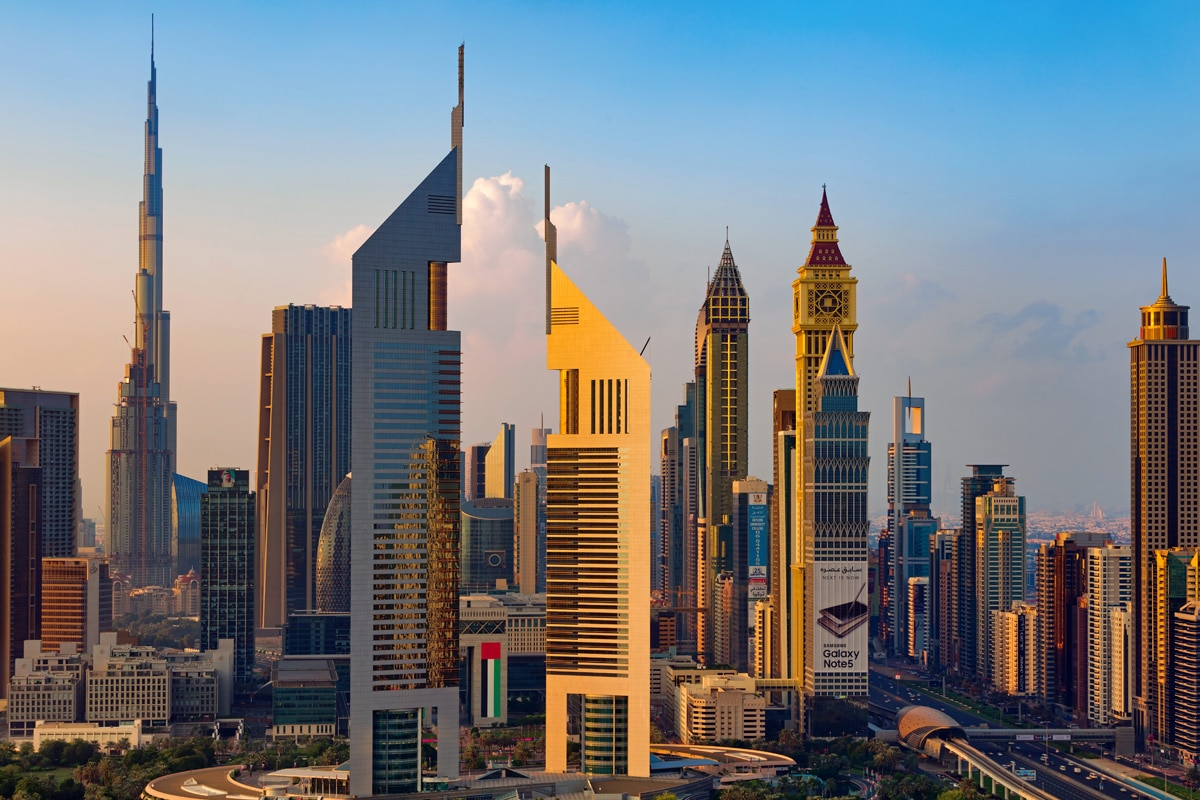
Table of Contents
The UAE’s real estate market in 2025 remains a global investment hotspot, with AED 893 billion ($243 billion) in transactions in 2024 and rental yields of 7-11%. The introduction of a 9% corporate tax in June 2023, alongside the 15% Domestic Minimum Top-up Tax (DMTT) for multinational enterprises (MNEs) with revenues over €750 million (AED 3 billion) effective January 2025, requires multisite property owners to adopt strategic tax structures.
Below are seven legal tax structures tailored for American investors managing properties across multiple UAE locations, such as Dubai, Abu Dhabi, and Ras Al Khaimah, ensuring compliance with Federal Decree-Law No. 47 of 2022 while optimizing returns in a tax-free personal income environment.
1. Free Zone Entity Structure
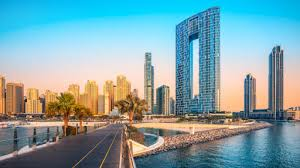
Establishing a company as a Qualifying Free Zone Person (QFZP) in zones like Dubai Multi Commodities Centre (DMCC) or Ras Al Khaimah Economic Zone (RAKEZ) offers a 0% corporate tax rate on qualifying income, such as rental or sales from free zone properties. For instance, a DMCC-based entity managing apartments in Al Marjan Island avoids the 9% tax on AED 2 million ($545,000) in rental income, preserving 8-10% yields. Compliance with Decision 265, including maintaining substance (staff, assets), is critical, and transfer pricing applies for mainland transactions.
2. Individual Ownership for Up to Four Properties
Individuals owning up to four residential properties are exempt from corporate tax on rental income, provided no business license is held. A U.S. investor holding villas in Saadiyat Island and Ajman Corniche, generating AED 500,000 ($136,000) annually, avoids tax entirely. This structure suits smaller portfolios, capping at four units to avoid business classification, and supports 6-8% yields without tax erosion. Properties must be registered with the Real Estate Regulatory Agency (RERA).
3. Real Estate Investment Trust (REIT)
REITs, exempt from corporate tax under specific conditions (e.g., distributing 80% of income, diverse ownership), are ideal for multisite portfolios. A REIT managing properties in Dubai Marina and Yas Island, yielding AED 10 million ($2.72 million), avoids the 9% tax (AED 900,000 savings). Cabinet Decision No. 34 of 2025 delays tax registration for foreign investors until dividends are distributed, enhancing cash flow. REITs offer 7-8% yields and appeal to U.S. investors seeking diversified, tax-efficient exposure.
4. Tax-Transparent Partnership
Under Cabinet Decision No. 34 of 2025, limited partnerships can be treated as tax-transparent, taxing income at the partner level rather than the entity. A partnership owning properties in Aljada and Al Reem Island allocates rental income (e.g., AED 3 million) to individual partners, avoiding the 9% corporate tax if partners hold properties personally. This structure suits joint ventures, requiring compliance with transparency criteria and FTA filings, and supports 8-10% yields.
5. Holding Company with Small Business Relief
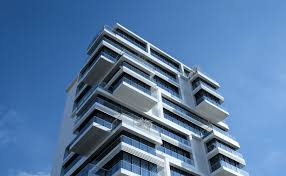
A mainland holding company with revenues below AED 3 million ($816,000) qualifies for Small Business Relief, enjoying a 0% corporate tax rate until December 2026. For example, a company owning mid-tier apartments in Ajman and Sharjah, earning AED 2.5 million in rent, saves AED 225,000 in taxes. This structure is ideal for smaller multisite portfolios, requiring accurate financial records and FTA compliance to avoid MNE or QFZP exclusions.
6. Special Purpose Vehicle (SPV) for Off-Plan Investments
An SPV, often set up in a free zone like Jebel Ali, isolates off-plan property investments in areas like Dubai South or Ramhan Island, minimizing tax exposure. SPVs can qualify as QFZPs, enjoying 0% tax on gains or rental income from free zone projects. For instance, an SPV purchasing off-plan units worth AED 5 million ($1.36 million) avoids tax on 10-15% capital appreciation by 2027. SPVs streamline ownership and align with Golden Visa eligibility (AED 2 million).
7. Hybrid Free Zone-Mainland Structure
A hybrid structure combines a free zone entity for tax-exempt activities (e.g., international leasing) with a mainland entity for local operations (e.g., Dubai Marina rentals). A free zone company in RAKEZ manages Al Hamra Village properties at 0% tax, while a mainland LLC deducts expenses like maintenance to reduce the 9% tax on AED 1 million ($272,000) mainland income to AED 58,500. Transfer pricing compliance ensures arm’s-length pricing, maximizing 7-9% yields across sites.
Why These Structures Appeal to American Investors
These tax structures preserve UAE’s competitive 7-11% yields, surpassing global markets like London (2.4%). Freehold ownership, no personal income tax, and visa programs (2-year Investor Visa for AED 750,000, Golden Visa for AED 2 million) enhance appeal. Strategic locations, like Dubai (20 minutes from Dubai International Airport), and double taxation agreements with the U.S. minimize global tax burdens. Foreign buyers accounted for 45% of Dubai’s 2025 transactions, reflecting confidence in these frameworks.
Market Outlook and Challenges
The UAE real estate market projects 5-8% price growth in 2025, with freehold zones like Saadiyat Island and Al Marjan Island leading at 10-15%. The DMTT’s 15% rate for MNEs and stricter AML compliance increase costs for large portfolios. A potential 10-15% correction in 2026 due to oversupply (41,000 Dubai units) requires careful structuring. RERA-registered agents and FTA-accredited consultants ensure compliance with filing deadlines (nine months post-financial year) and optimize tax savings.
Conclusion
Free zone entities, individual ownership, REITs, tax-transparent partnerships, small business relief, SPVs, and hybrid structures are seven legal tax frameworks for multisite property owners in the UAE. These strategies minimize the 9% corporate tax burden, preserve 7-11% ROI, and align with American investor priorities in a tax-free, high-growth market. With expert guidance, multisite owners can navigate 2025’s tax landscape, securing long-term wealth in Dubai, Abu Dhabi, and beyond. Real Estate Multisite Property Owners
read more: Understanding Corporate Tax Impact on UAE Rental Income Returns



